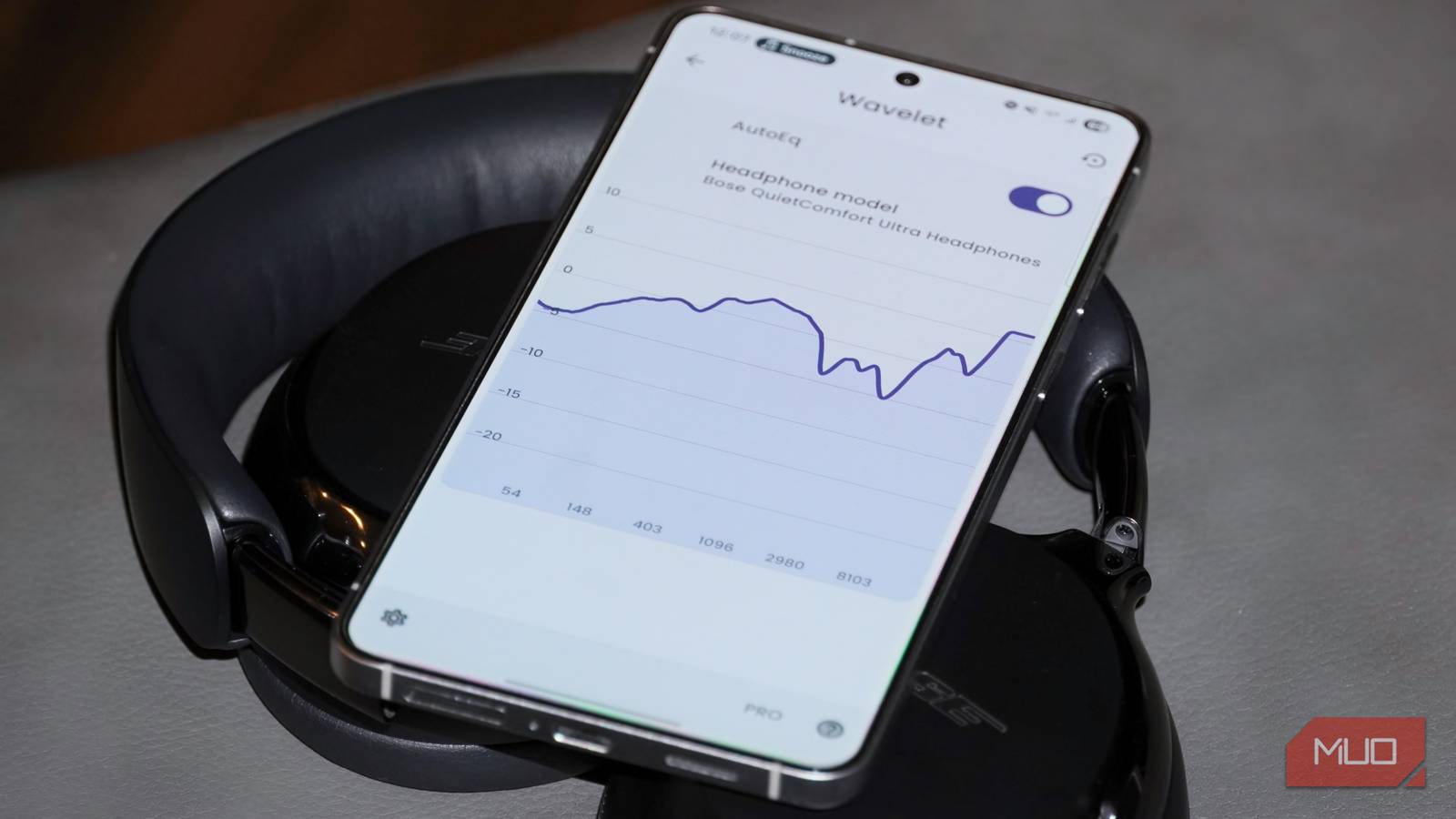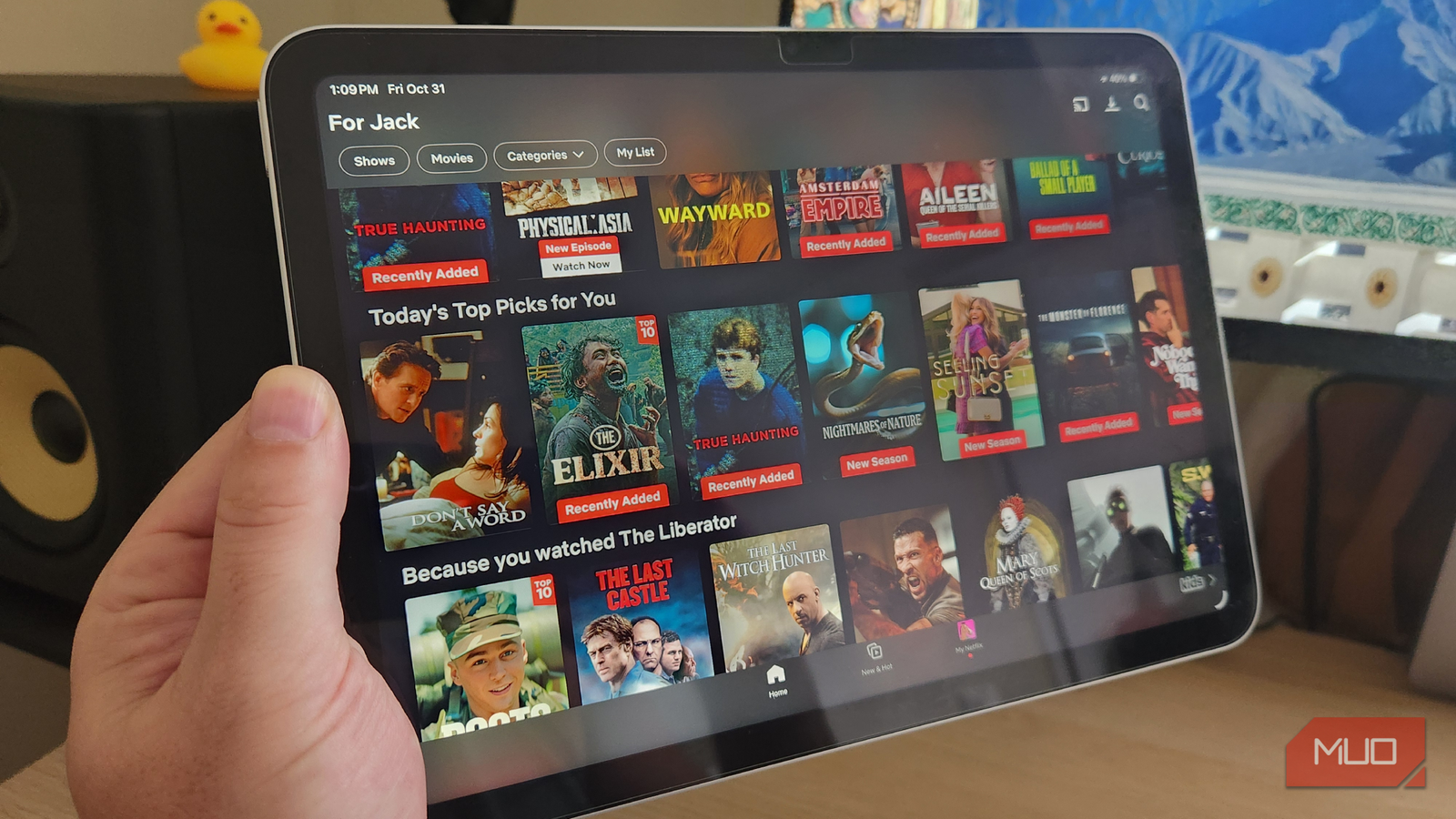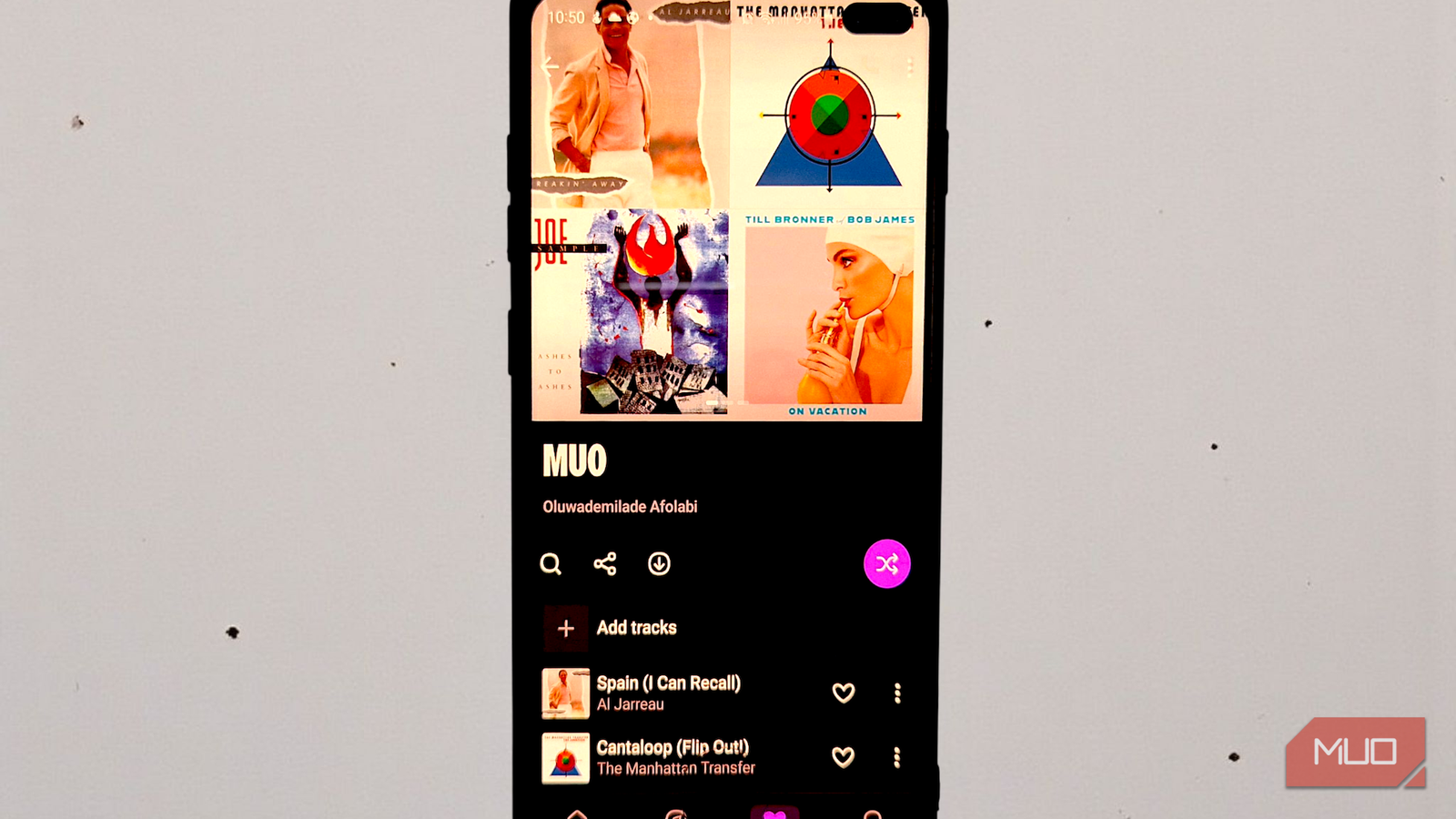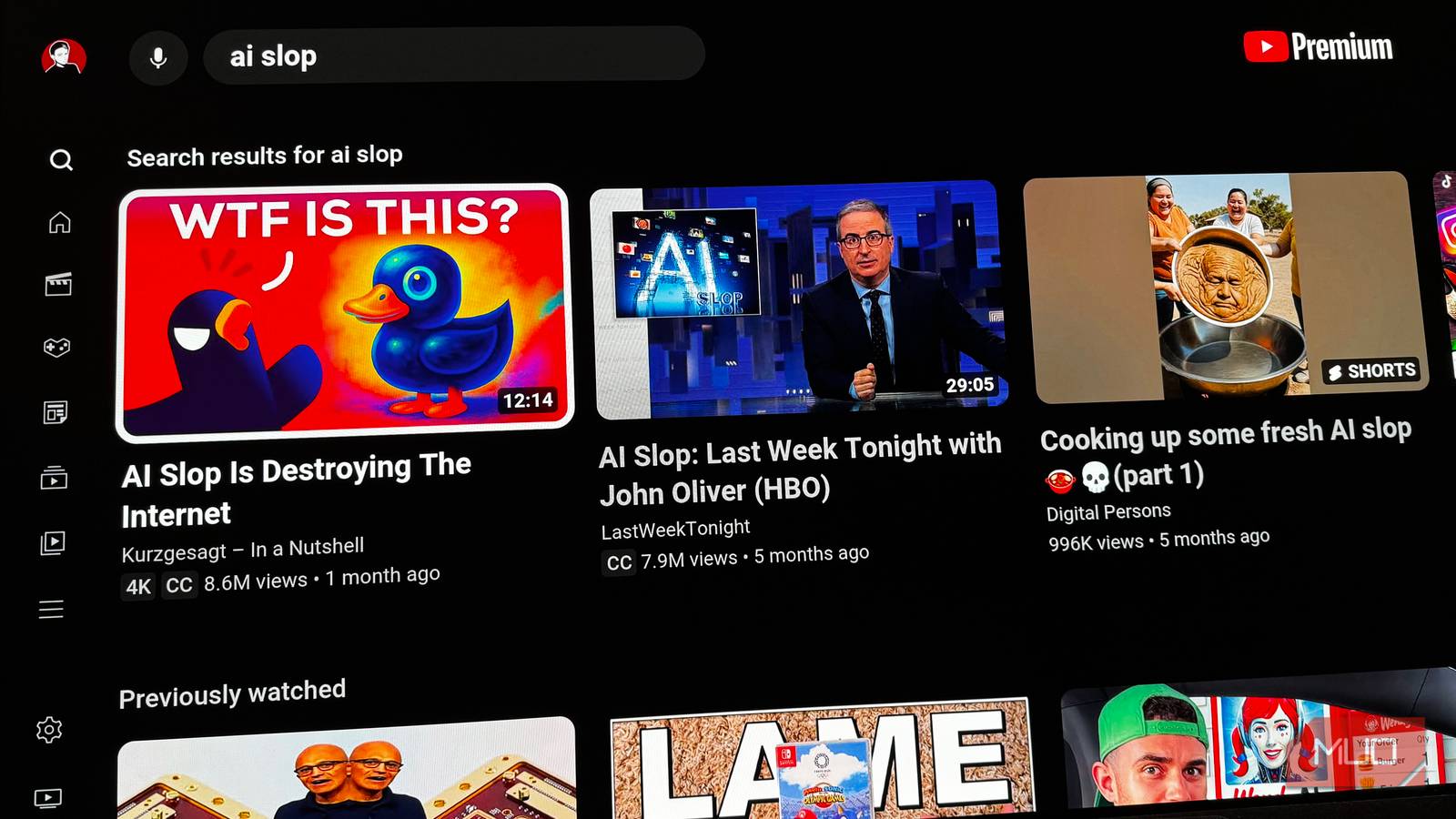There came a point, not so long ago, when I realized that my Netflix algorithm had become a Black Mirror of a different kind, reflecting the very worst parts of my persona. Sure, I went through a phase of watching true crime documentaries and the occasional horror flick, but suddenly every other recommendation was for macabre titles, as if Pennywise the clown was somehow pulling the strings.
It didn’t stop there. My thoughts turned to Spotify and its recent questionable recommendations. I recall writing an article about how AI is taking over music streaming, in which I referenced the platform, and sure enough, I saw a lot more AI-generated garbage on my feed. I also noticed several other recommendations that didn’t align with my tastes after letting other people play DJ around my house. The algorithms were overwhelming me, and it was time to fight back.
First steps for performing a partial reset
Understanding how algorithms learn from my every move
The first step I took to reclaim my viewing and listening habits was to gain a better understanding of how the system works. Algorithms don’t guess, they learn from every skipped song or uncompleted viewing. Every action paints a picture of who you are and helps them to predict what should come next.
Algorithms use explicit feedback—direct signals, such as “likes” and ratings—and implicit feedback—indirect signals derived from user behavior, including watch time, skips, repeats, and clicks. They also leverage attributes from content metadata, such as personnel, genres, and tempo, as well as contextual data, including the time of day, current trends, and devices used.
If I were to succeed in breaking the feedback loop, I’d have to train my algorithms to relearn my tastes and ignore my recent habits.
Breaking the feedback loop
Simple actions to retrain my streaming platforms
Retraining my algorithms proved much easier than expected, as they continuously update their models to process new data. First, I had to do some housekeeping, which involved:
- Removing “liked” titles that didn’t match my tastes.
- Deleting old Spotify playlists that I didn’t want to revisit.
- Removing specific Netflix movies and series from my watch history.
- Ensuring I only demo new music using Spotify’s “Private Session” feature.
I then started training my algorithms to better reflect my tastes. If the experiment failed, the easiest options would be to completely wipe my account history or start afresh on a new profile, which sounded a little far-fetched for what I consider to be a minor annoyance.
By following a few simple rules, I could steer my recommendations back towards titles that suit my tastes and still surprise me with fresh content that I might not have otherwise chosen.
Teaching the algorithms to surprise me again
Curating my likes and habits to produce genuine recommendations
Once I had cleaned up my streaming history, I set about actively liking and following playlists by artists whose music suits my current tastes. I’d let favorite playlists play out in their entirety, or play an entire album while I work. I also visited a few external sites to fine-tune my Spotify recommendations beyond what the platform suggested.
This process was cathartic, helping me consider the music I truly want in my life while purging a lot of outdated material I’ve outgrown. Spotify heavily weights “liked” songs and frequent listens, so I avoided old playlists to start with a clean slate. I have also made a note to trial new music in a Private Session in the future to avoid accidentally infecting my algorithm with new-age jazz.
The process is even more straightforward on Apple Music, where I simply had to visit Account -> Choose Artists For You and edit my artist selections. In all, I spent about a week casually perusing my libraries and liking relevant content before I saw noticeable results.
At the same time, I started training my Netflix algorithm. After removing specific history items by clicking Account -> Viewing activity and selecting the hide icon next to the title or series I wanted to remove, I started actively liking, viewing, and adding the types of content that I want to see more of in my feed.
Once again, before long, my feed had shifted from the macabre to far more civilized recommendations, without requiring any destructive editing. There was also an element of randomness, which I enjoy, as it keeps me from getting stuck in similar genres or becoming generally disillusioned with the platform.
Consider wiping the slate clean before you cancel your streaming subscription
There have been many times when I felt like throwing in the towel and resorting to free TV streaming services for my entertainment, especially given the regular price hikes and lack of fresh content that paid platforms produce. The same goes for music streaming. It’s one thing to have every imaginable song at my fingertips, but if I end up listening to the same content over and over, why pay a monthly fee?
Clearing your algorithm may sound like an obvious remedy, but having successfully tried it, I am experiencing fresh music discovery, movies, and series that would have otherwise passed me by. I’ll certainly be performing a regular spring clean in the future to ensure I get my subscription money’s worth.












